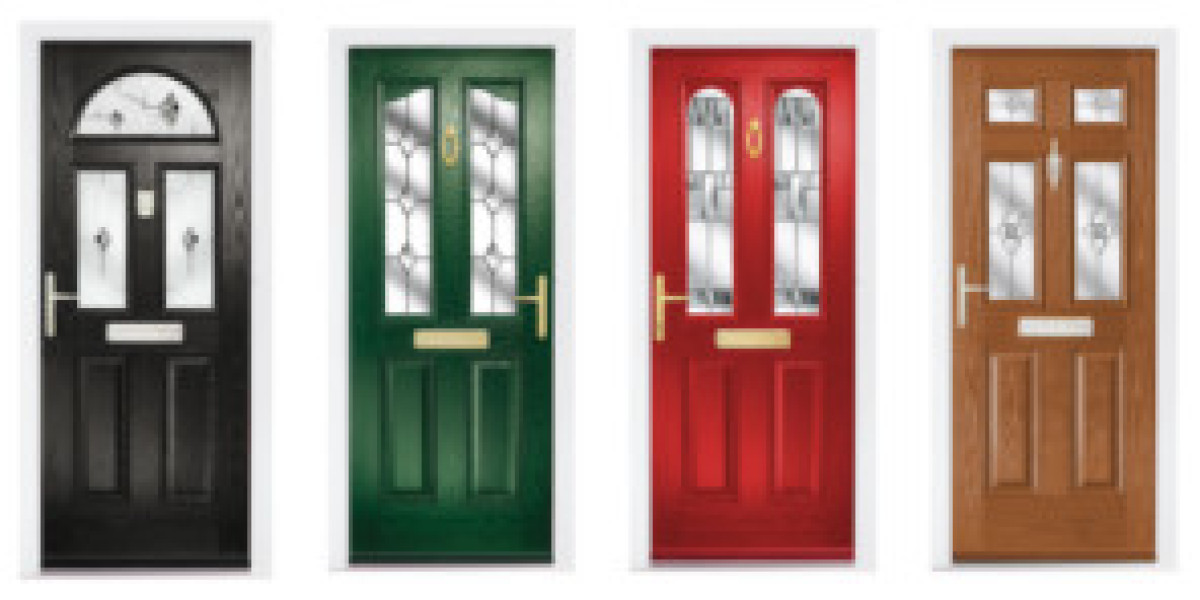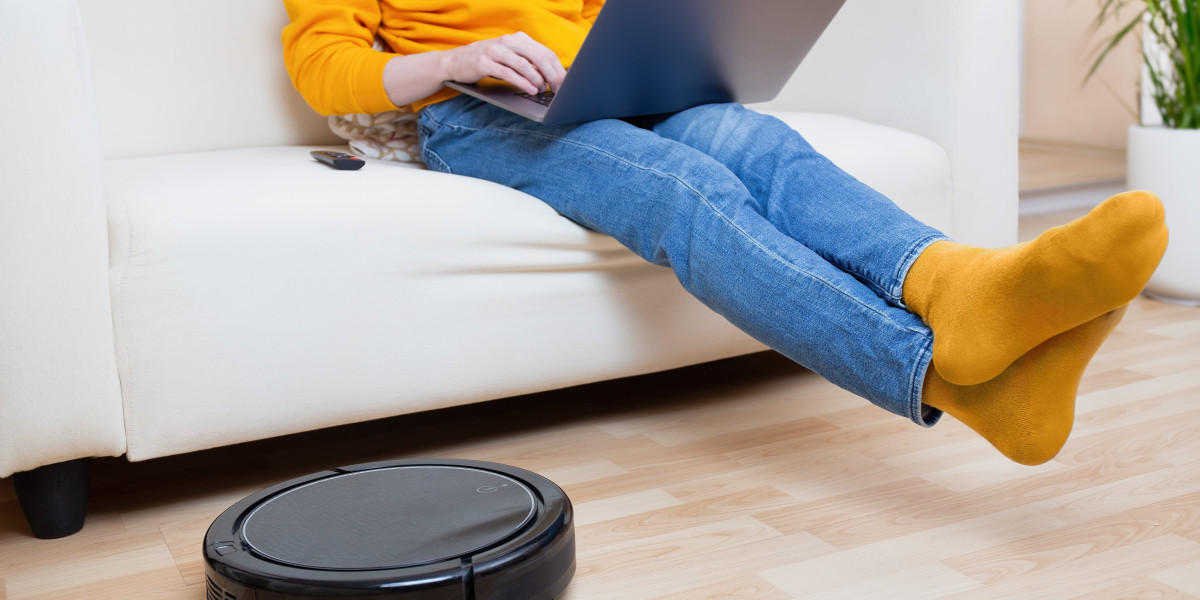Comprehensive Guide to Composite Door Maintenance
Composite doors have acquired significant popularity amongst property owners in current years due to their robust construction, visual appeal, and outstanding insulation properties. Integrating various materials such as uPVC, wood, and a thermoplastic skin, these doors provide a mix of advantages that surpass traditional wooden or metal doors. However, like any other home function, composite doors need appropriate maintenance to ensure longevity and optimum efficiency. This post will explore important maintenance ideas, common concerns, and frequently asked concerns regarding composite door care.

Significance of Composite Door Maintenance
Preserving a composite door is important for numerous reasons:
- Longevity: Regular maintenance can extend the lifespan of the door, guaranteeing it lasts several years without replacement.
- Aesthetic Appeal: A properly maintained door enhances the home's curb appeal and reflects the property owner's attention to detail.
- Security: Proper upkeep helps preserve the integrity of the door's locks and hinges, supplying peace of mind against possible break-ins.
- Energy Efficiency: A well-sealed door helps prevent drafts, contributing to lower energy bills by preserving preferred indoor temperatures.
Necessary Maintenance Tips for Composite Doors
1. Regular Cleaning
Cleaning up is the structure of composite door maintenance. Here's how to do it successfully:
- Frequency: At least twice a year, or more frequently if the door is exposed to harsh weather.
- Products Needed:
- Mild soap or cleaning agent
- Warm water
- Soft fabric or sponge
- Non-abrasive cleaner (for difficult spots)
Steps for Cleaning:
- Mix the soap or detergent with warm water in a container.
- Use a soft fabric or sponge to wipe down the door, guaranteeing to clean both the surface area and nooks.
- Wash the door completely with tidy water to remove any soap residue.
- Dry the door with a clean, dry cloth to prevent water areas.
2. Check and Maintain Seals
The seals around the door are important for insulation and avoiding drafts. To maintain them:
- Inspect: Check seals for any cracks or damage.
- Lubricate: Use silicone spray or a comparable lubricant on rubber seals to maintain flexibility.
- Replace: If seals are damaged beyond repair, change them to ensure energy performance.
3. Inspect Hardware
The hardware of the door, such as locks, hinges, and manages, requires periodic checks:
- Tighten: Ensure screws and bolts are tight to prevent loosening in time.
- Lubricate: Apply a light oil or lube on locks and hinges to guarantee smooth operation.
- Test Lock Functionality: Regularly check the locks to make sure they engage and disengage smoothly.
4. Paint and Finish Care
While composite thermal door repair doors are developed to stand up to the components, they still gain from a fresh coat of paint or finish:
- Choose the Right Paint: If the door needs painting, select high-quality outdoor paint suitable for composite materials.
- Touch-ups: Periodically look for scratches and chips, performing touch-ups as required to protect the door's surface.
5. Seasonal Checks
Seasonal inspections enable property owners to deal with problems before they intensify:
- Winter: Check for any snow or ice build-up around the door that might damage seals.
- Summertime: Inspect for sun damage and ensure the door isn't warping due to heat.
- Rainy Season: Look for signs of wetness intrusion or rot.
Typical Issues with Composite Doors
In spite of their durability, composite doors can face a number of typical concerns:
- Fading: Over time, exposure to sunshine can trigger the color of the door to fade, necessitating a fresh coat of paint or a replacement.
- Misalignment: Doors may become misaligned due to settling or seasonal changes; modifications may be required to guarantee proper sealing.
- Condensation: Moisture between the panels can take place in damp conditions, showing a potential seal failure.
Frequently Asked Questions about Composite Door Maintenance
Q1: How typically should composite doors be painted?
A: Ideally, composite doors must be repainted every 5-10 years, depending on direct exposure to sunshine and weather. Routine touch-ups of any scratches or chips can extend the requirement for a total repaint.
Q2: Can I use abrasive cleaners on my composite door?
A: No, abrasive cleaners can scratch and damage the surface area of a composite door. It is a good idea to use moderate, non-abrasive cleaners to prevent destroying the finish.
Q3: What should I do if my composite door is sticking?
A: If your composite door sticks, inspect for misalignment or particles in the hinges. Tightening up screws, lubricating hinges, or utilizing a level to assess positioning might assist. If the issue persists, consider speaking with a professional.
Q4: How can I avoid my composite door from fading?
A: To avoid fading, routinely tidy the door and consider applying UV-resistant spray or paint. Additionally, positioning a protective awning or providing shade can minimize direct sunlight exposure.
Q5: Are composite doors energy effective?
A: Yes, quick composite door repair doors are highly energy-efficient due to their multi-layer building, which provides exceptional insulation compared to conventional wood or metal doors.
A composite storm door repair door is a financial investment that can elevate a home's security, energy efficiency, and visual appeal. To optimize this investment, regular maintenance is necessary. Property owners should adopt a proactive method to the maintenance of their doors, guaranteeing they stay practical and visually appealing for many years to come. Following the pointers described in this guide can assist maintain the integrity and appeal of Composite door repair Advice (https://www.repairmywindowsanddoors.co.uk/acton-composite-door-repairs-near-me) doors, ultimately improving the value and comfort of the home.





